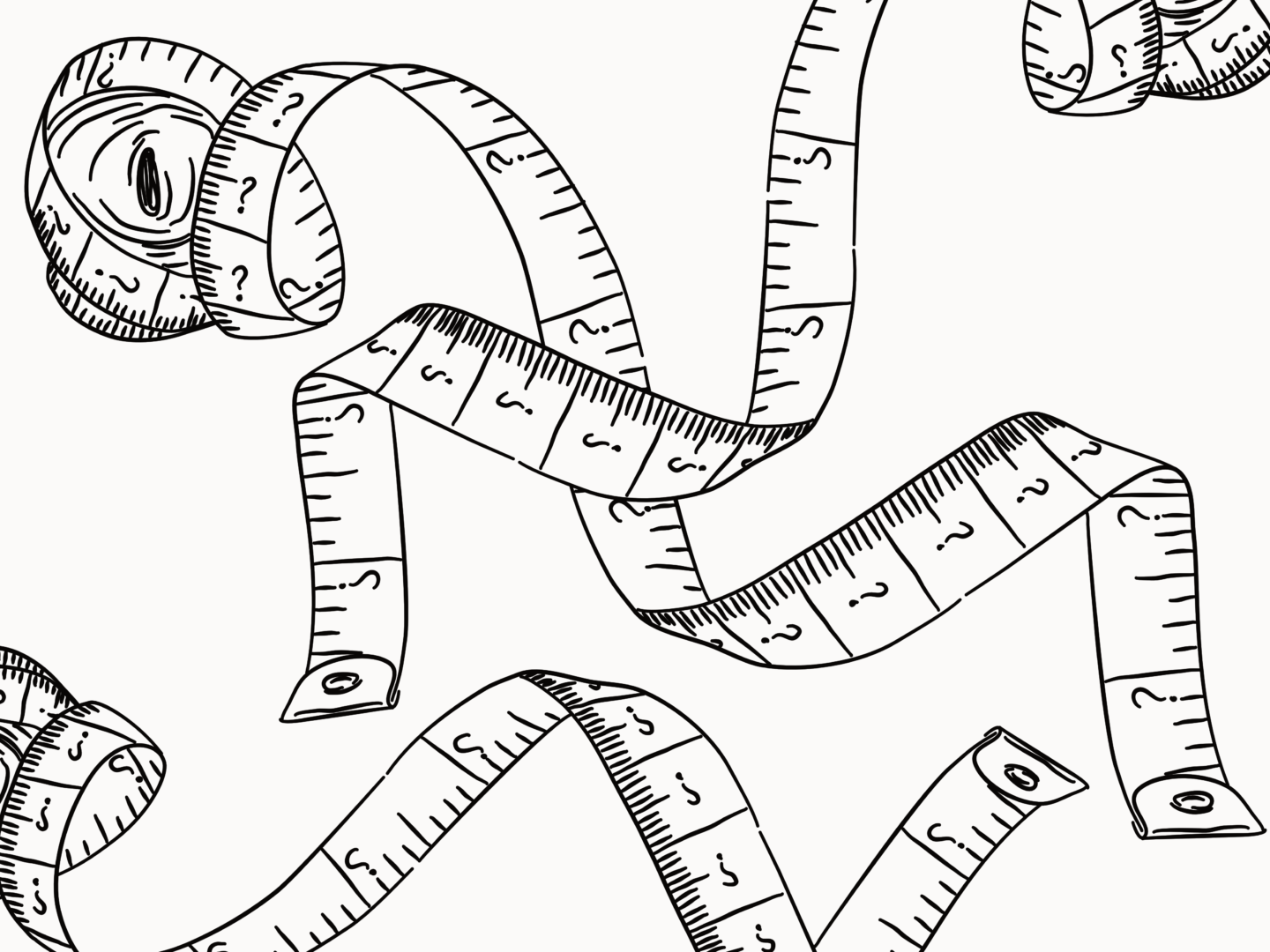I’ve spent a bit of time recently talking about finding a focus for my work, a direction to grow in if you will. A big part of the reason for that new focus on, well, focus is so that I could measure my trajectory a bit better, and to feel like I’m developing. But I’m still not quite sure of the best way to measure my success as a creative.
Success is different for everyone, and so the best way to measure it is different too. But here are some of my initial thoughts around how to measure success in a creative context.
The method of measuring our success we commonly seem to turn to first is comparison – how are we doing compared to our peers? But unless you’re doing exactly the same thing as someone else, and starting in the same place, it’s very hard to find a group of peers who we can actually measure against. This is made even harder by the internet. With a whole world of other creatives out there, there’s no shortage of people you could choose as your peers, but that means the choice can be overwhelming, and even harder to make well.

More often than not, we (or at least) I pick a peer group who I see as better than me, or are more established, which is great for pushing you forward but not for accurately measuring how well you’re doing, because you might never overtake them. I’ve also ended up comparing myself to people making different work, for different reasons, with different circumstances meaning any comparisons I make are just assumptions, which, again, rarely go in my own favour.
So, comparison with others doesn’t really work.
In fact, the only person you can fairly compare yourself to is yourself. You are the only person who’s working with your specific circumstances. So why not just periodically look back at what you’ve made and see how far you’ve come. I mentioned in my recent post about sketchbooks about the importance of revisiting old work and even of revising old pieces. You could even rework the same piece every year or 6 months, and see what you can add to it that’s new. This allows you to see your progress, but it’s less about pushing you forward.
But what if you want to look forward rather than back all of the time?
That’s where goals come into play. Setting goals allows you to give yourself a challenge to work towards, which you can clearly mark as achieved. The best goals are based on something you can control and lie just out of your reach.
These goals could be quantitative or qualitative. So, they might be that you want to produce a certain number of pieces or make a set amount of money. Or, you might want to be doing a certain kind of work or have a certain skill. This gives you something to work forwards to, and something you can easily measure. But perhaps it doesn’t take into account the process of accumulated growth that happens as your progress, or the power of the process of making in the way that self-comparison does.
In the end, I think it’s clear there’s no one way of measuring creative success that works all of the time. So, perhaps, the answer is to employ a mixture. To set yourself a range of goals, whilst remembering how far you’ve come.
After all isn’t the process just as important as the outcome when you’re making things? The only way to measure that is how you feel at the end of the day.


